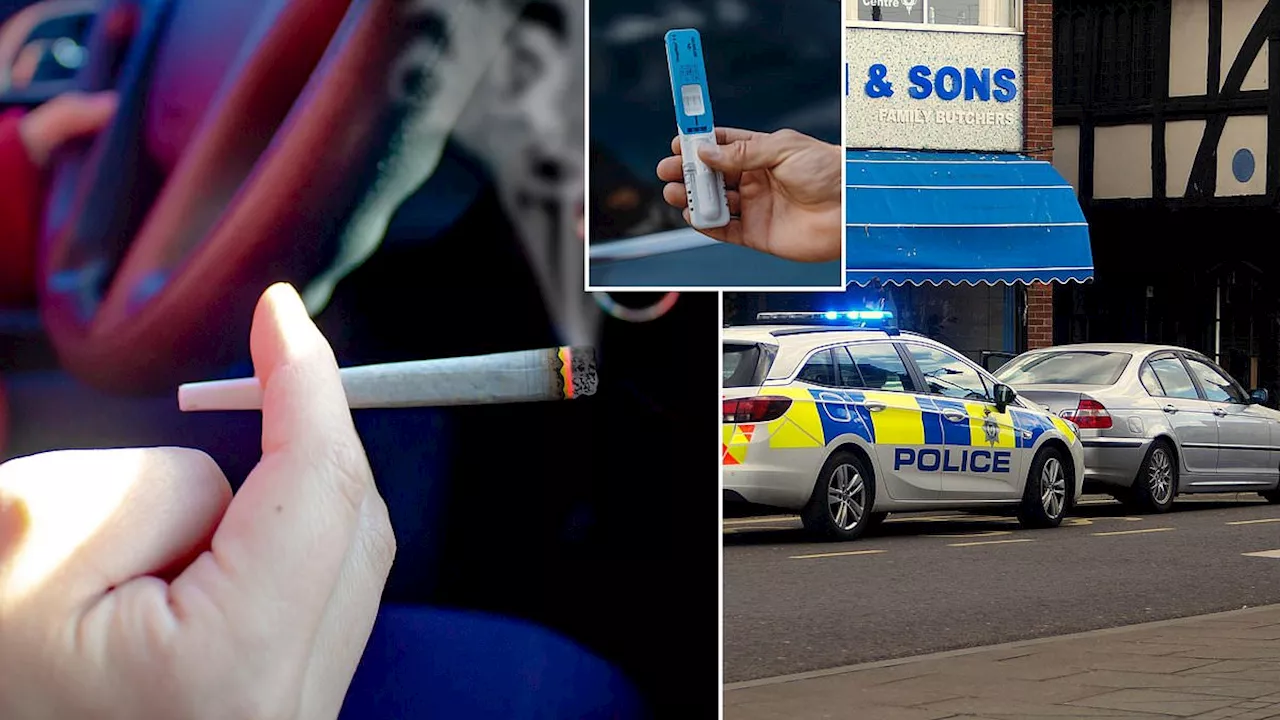A new investigation reveals that half of UK drivers pulled over on suspicion of drug-driving are found to be over the legal limit. This alarming statistic highlights a growing epidemic of drug-impaired driving, prompting calls for stricter enforcement and rehabilitation programs.
Half of drivers pulled over on suspicion of drug-driving are found to be over the legal limit, an investigation has revealed, prompting calls for ministers to implement new measures to address the 'growing epidemic'. Police data obtained by motoring safety charity IAM RoadSmart indicates that 51 percent of motorists drug tested at the roadside in 2023 returned positive results.
Data for the first seven months of 2024 also showed that nearly half of drivers tested for drugs were exceeding the legal limit. This analysis is based on figures provided by 17 out of the 45 police forces across the UK in response to Freedom of Information requests by the road safety organization. Drug-driving regulations encompass very low limits for eight illegal drugs, such as cocaine and cannabis, risk-based limits for eight drugs with medical applications, and a distinct approach to amphetamines that aims to balance legitimate medical use with the potential for abuse. Roadside swab tests, commonly known as 'drugalysers', are conducted by police officers and can determine if a motorist is under the influence of cocaine or cannabis. If an officer believes a driver is unfit to drive due to drug consumption, they are arrested and transported to a police station for blood or urine tests to confirm if they have illegal levels of drugs in their system.Police officers require reasonable suspicion that a driver is under the influence of drugs to conduct a roadside drug test. It is an offense to drive with any of 17 controlled drugs above a specified level in your blood. The limits set for each drug vary, and for illegal drugs, the limits are exceptionally low. They are not set at zero to rule out any accidental exposure (for example, from passive smoking). Anyone convicted of drug driving may face a year's driving ban, an unlimited fine, up to six months in prison, and a criminal record. Offenders will also have a drug driving conviction on their license for 11 years. In the most severe cases where a driver causes death by careless driving under the influence of drugs, the minimum sentence is life imprisonment. The PA news agency reported last month that 3,431 people were caught drug-driving on four or more occasions in the 11 years up to July 2024. Department for Transport figures indicate that the number of fatalities in crashes on Britain's roads when a driver was impaired by drugs rose from 55 in 2014 to a record 144 in 2023. Figures for 2024 will be released by the DfT in September. Last October, Shaun Mulligan, then 48, from Seaside in Eastbourne, East Sussex, was sentenced to five years in prison and disqualified from driving for seven-and-a-half years after admitting to causing death by careless driving while over the legal limit for drugs and alcohol. He crashed a scaffolding van into a car travelling in the opposite direction on the A281 near Henfield, West Sussex, in November 2022, killing its 71-year-old driver, Jennifer Allen. Mulligan tested positive for benzoylecgonine – the chemical breakdown of cocaine – and was nearly double the drink-drive alcohol limit. IAM RoadSmart policy manager William Porter stated: 'The fact that one in two motorists are failing roadside drugs tests shows that the message about the dangers of drug-driving is not getting through. Separate research by IAM RoadSmart indicates that one in seven drivers aged 17-to-34 admitted to getting behind the wheel after taking Class A drugs, highlighting how crucial it is to address this growing epidemic. 'We urgently need a new approach to combat drug-driving which focuses on both greater enforcement and establishing rehabilitation courses to reduce reoffending. 'The evidence shows that those taking equivalent drink-drive courses are almost three times less likely to reoffend than those who don't. 'Ministers must consider expanding similar courses to those with drug-driving convictions
DRUG-DRIVING ROAD SAFETY UK POLICE LAWS REHABILITATION
United Kingdom Latest News, United Kingdom Headlines
Similar News:You can also read news stories similar to this one that we have collected from other news sources.
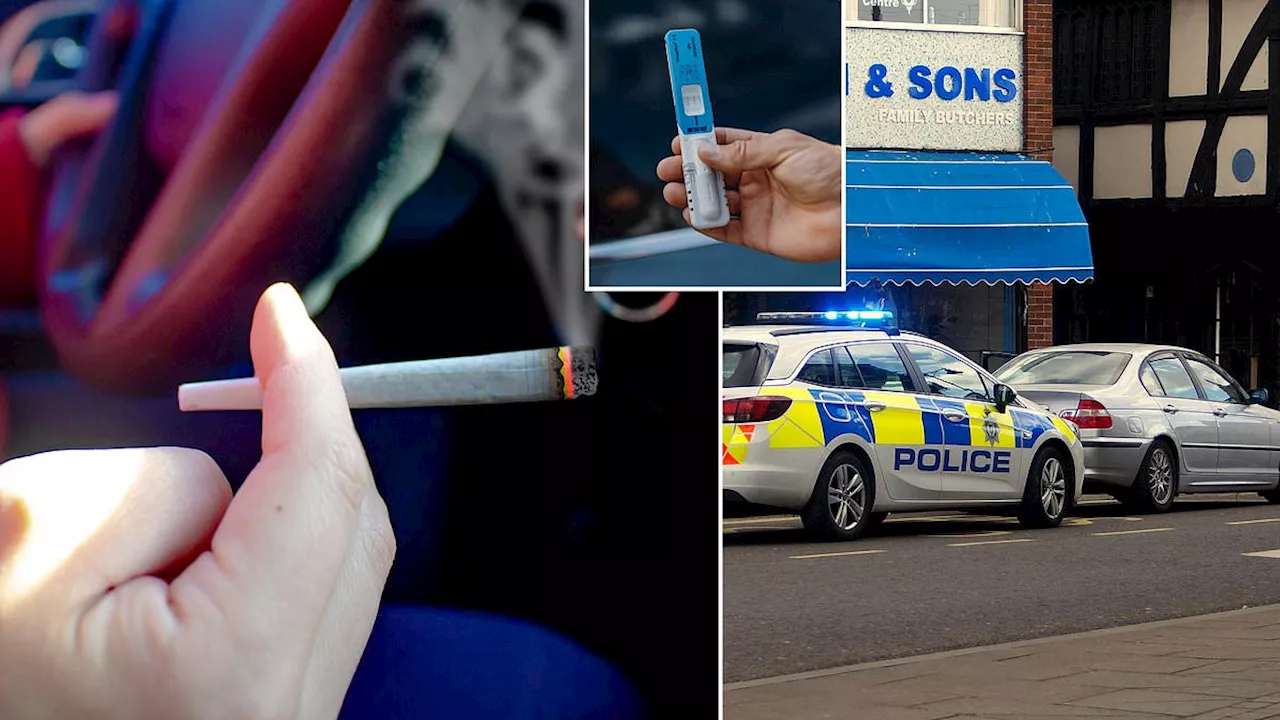 Half of UK Drivers Stopped for Drug-Driving Fail TestsAn investigation reveals that 51% of motorists tested at the roadside for drug-driving in 2023 returned positive results. Data for the first seven months of 2024 shows a similar trend. This alarming statistic highlights the growing problem of drug-driving in the UK and calls for stronger measures to tackle it.
Half of UK Drivers Stopped for Drug-Driving Fail TestsAn investigation reveals that 51% of motorists tested at the roadside for drug-driving in 2023 returned positive results. Data for the first seven months of 2024 shows a similar trend. This alarming statistic highlights the growing problem of drug-driving in the UK and calls for stronger measures to tackle it.
Read more »
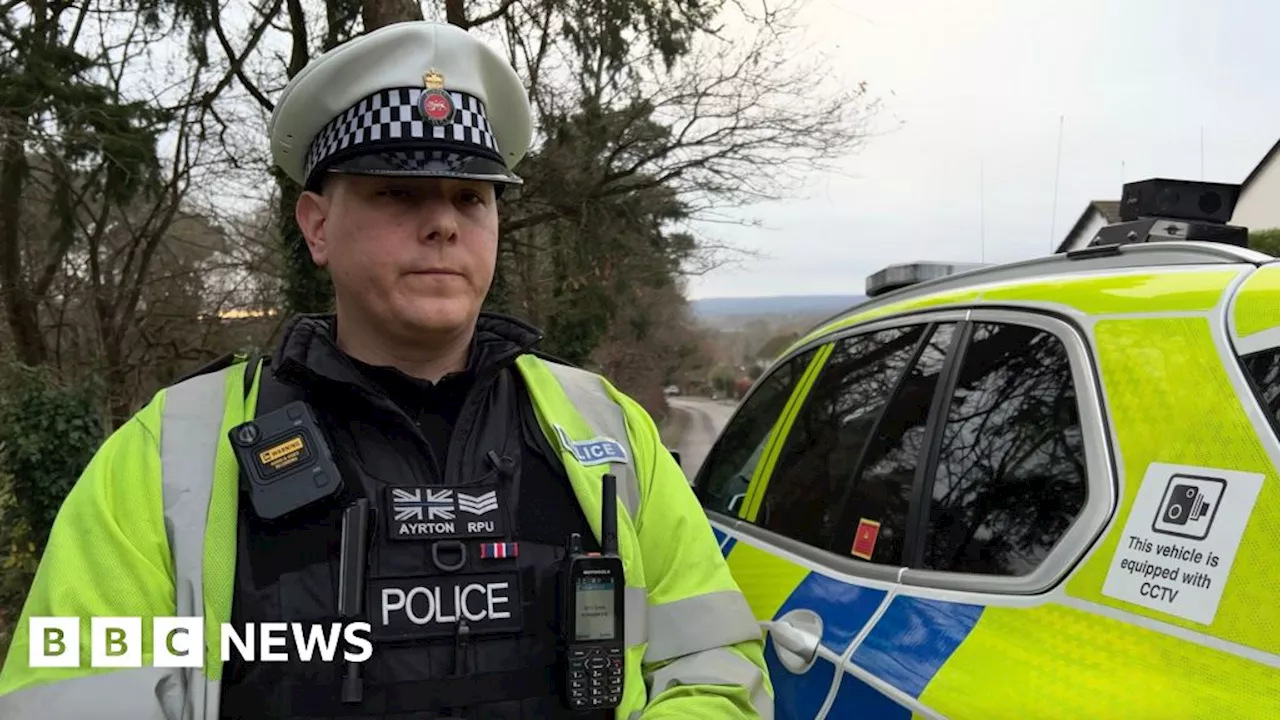 Drug Driving Arrests Surpass Drink Driving in DecemberSurrey Police reports a higher number of drug driving arrests compared to drink driving during December's Operation Limit campaign.
Drug Driving Arrests Surpass Drink Driving in DecemberSurrey Police reports a higher number of drug driving arrests compared to drink driving during December's Operation Limit campaign.
Read more »
 The Half-Grass, Half-Clay Court: Federer and Nadal's Epic ShowdownThis article recounts the unique exhibition match between Roger Federer and Rafael Nadal on a hybrid court combining grass and clay. It details the inspiration behind the innovative court design, the challenges faced during its construction, and the enthusiastic response from fans.
The Half-Grass, Half-Clay Court: Federer and Nadal's Epic ShowdownThis article recounts the unique exhibition match between Roger Federer and Rafael Nadal on a hybrid court combining grass and clay. It details the inspiration behind the innovative court design, the challenges faced during its construction, and the enthusiastic response from fans.
Read more »
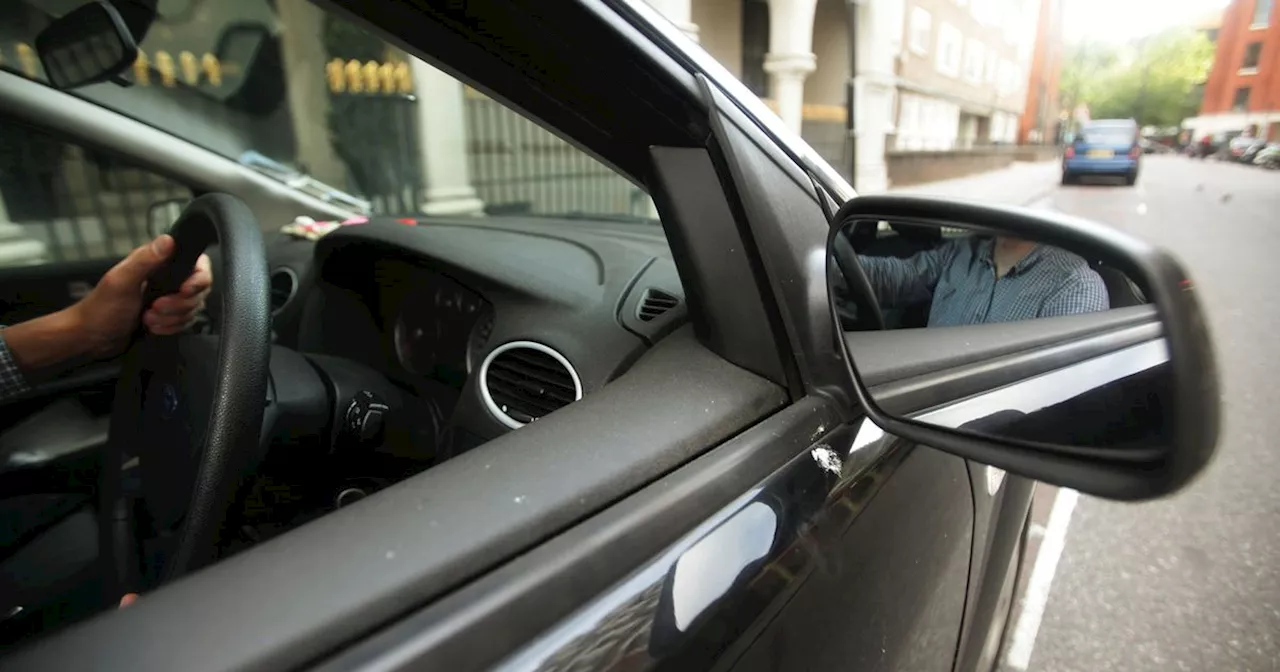 Lifetime Driving Bans for Mobile Phone Use and Dangerous DrivingRoad safety charity calls for tougher penalties against drivers who use mobile phones or cause death by dangerous driving.
Lifetime Driving Bans for Mobile Phone Use and Dangerous DrivingRoad safety charity calls for tougher penalties against drivers who use mobile phones or cause death by dangerous driving.
Read more »
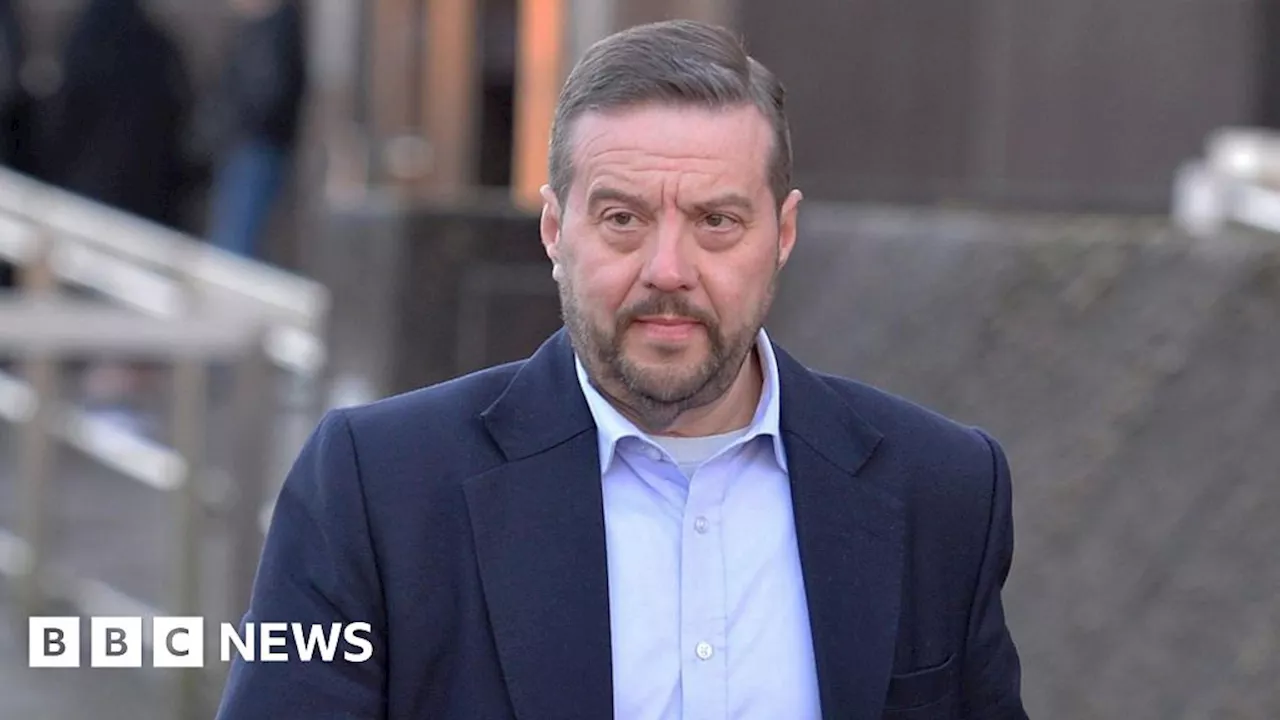 Ex-Glasgow Council Leader Banned From Driving After Drink DrivingSteven Purcell, a former leader of Glasgow City Council, has been disqualified from driving for a year after exceeding the alcohol limit by more than three times. The incident occurred on October 10, 2022, on the M77 motorway.
Ex-Glasgow Council Leader Banned From Driving After Drink DrivingSteven Purcell, a former leader of Glasgow City Council, has been disqualified from driving for a year after exceeding the alcohol limit by more than three times. The incident occurred on October 10, 2022, on the M77 motorway.
Read more »
 Hedge Fund Fees Hit Nearly Half of Profits Over Half a CenturyNew data reveals that investors in hedge funds have paid out almost half of their profits in fees since the industry's early days. Managers generated $3.7 trillion in total gains before fees, but fees charged to investors amounted to $1.8 trillion, or about 49% of gross gains.
Hedge Fund Fees Hit Nearly Half of Profits Over Half a CenturyNew data reveals that investors in hedge funds have paid out almost half of their profits in fees since the industry's early days. Managers generated $3.7 trillion in total gains before fees, but fees charged to investors amounted to $1.8 trillion, or about 49% of gross gains.
Read more »
